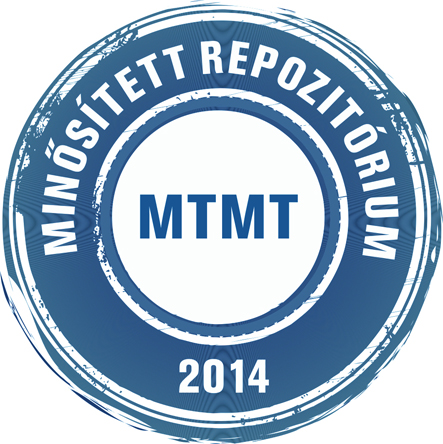Hódsági Mária; Gelencsér Tímea; Salgó András: A Mixolab technika alkalmazási lehetőségei = The applicability of the Mixolab technique. In: Élelmiszervizsgálati közlemények, (56) 3. pp. 141-152. (2010)
|
Cikk, tanulmány, mű
elelmiszervizsgalati_kozlemenyek_2010_03_141-152.pdf Letöltés (314kB) |
Absztrakt (kivonat)
A Mixolab készülék az utóbbi években kifejlesztett, komplex reológiai módszer, mely különösen alkalmas gabonák, lisztek és egyéb élelmiszeripari anyagok minőségének elemzésére. Más reológiai módszerekkel összevetve nagy előnye, hogy egyszeri teszt során ad információt a keverés (dagasztás) és hőkezelés együttes hatásáról. A készülék két ellentétes, speciális alakú keverőkarral tésztát képez a mintából és a meghatározott mennyiségű vízből és regisztrálja a karok között képződő tésztában valós időben fellépő forgatónyomatékot (Nm). A hőmérséklet program, keverési sebesség változtatható, ennek egy standardizált változata az ICC 173-as módszer. Ez a módszer egy rövid, állandó hőmérsékletű és keverési sebességű szakaszt követően egy fűtési/hűtési ciklusból áll. A keverés a mechanikai munkát, a hőterhelés a sütést modellezi, így prediktálható a végtermék minősége is. A példák a Mixolab készülék számos alkalmazási lehetőségei közül mutatnak be néhányat, melyekben a rezisztens keményítő adagolás és tojáspor jelenlétének hatása kimutatható, továbbá a különböző típusú búzalisztek a jellegzetes szakaszok alapján elkülöníthetőek. The Mixolab apparatus that has been developed recently is a complex rheological method which is designed for quality analysis of cereals and flours. Compared to other rheological methods, one important advantage of Mixolab is that it provides information about the effects of both mixing (kneading) and heat treatment in a simple test. For the assays, flour and water are placed into the Mixolab bowl. Mixolab measures the torque (expressed in Nm) produced by the passage of the dough between the two kneading arms in real time. The temperature program and the mixing speed can be modified in multiple scales: one is the standard ICC No. 173 Method. The protocol consists of a heating/cooling cycle after a certain mixing time at constant mixing speed. The mixing models the mechanical stress while the heat load models the baking thus the final quality of the product can be predicted. The Mixolab has several applications; our examples show only a few of them: e.g. the addition of resistant starch and the presence of whole egg powder can be determined. Additionally, the different types of wheat flour can be distinguished analyzing the characteristic phases of the Mixolab curve.
| Mű típusa: | Cikk, tanulmány, mű |
|---|---|
| Egyéb cím: | Anwendungsmöglichkeiten der Mixolab-Technik |
| Befoglaló folyóirat/kiadvány címe: | Élelmiszervizsgálati közlemények |
| Dátum: | 2010 |
| Kötet: | 56 |
| Szám: | 3 |
| ISSN: | 0422-9576 |
| Oldalak: | pp. 141-152 |
| Nyelv: | magyar , angol |
| Kiadó: | Q & M Kft. |
| Kiadás helye: | Budapest |
| Befoglaló mű URL: | https://acta.bibl.u-szeged.hu/79324/ |
| Kulcsszavak: | Élelmiszeripari technológia |
| Megjegyzések: | Bibliogr.: p. 150-151. ; ill. ; összefoglalás magyar és angol nyelven |
| Szakterület: | 02. Műszaki és technológiai tudományok 02. Műszaki és technológiai tudományok > 02.10. Egyéb műszaki tudományok és technológiák 02. Műszaki és technológiai tudományok > 02.10. Egyéb műszaki tudományok és technológiák > 02.10.02. Élelmiszer és italfélék |
| Feltöltés dátuma: | 2023. júl. 19. 13:40 |
| Utolsó módosítás: | 2023. aug. 26. 08:42 |
| URI: | http://acta.bibl.u-szeged.hu/id/eprint/79526 |
 |
Tétel nézet |





